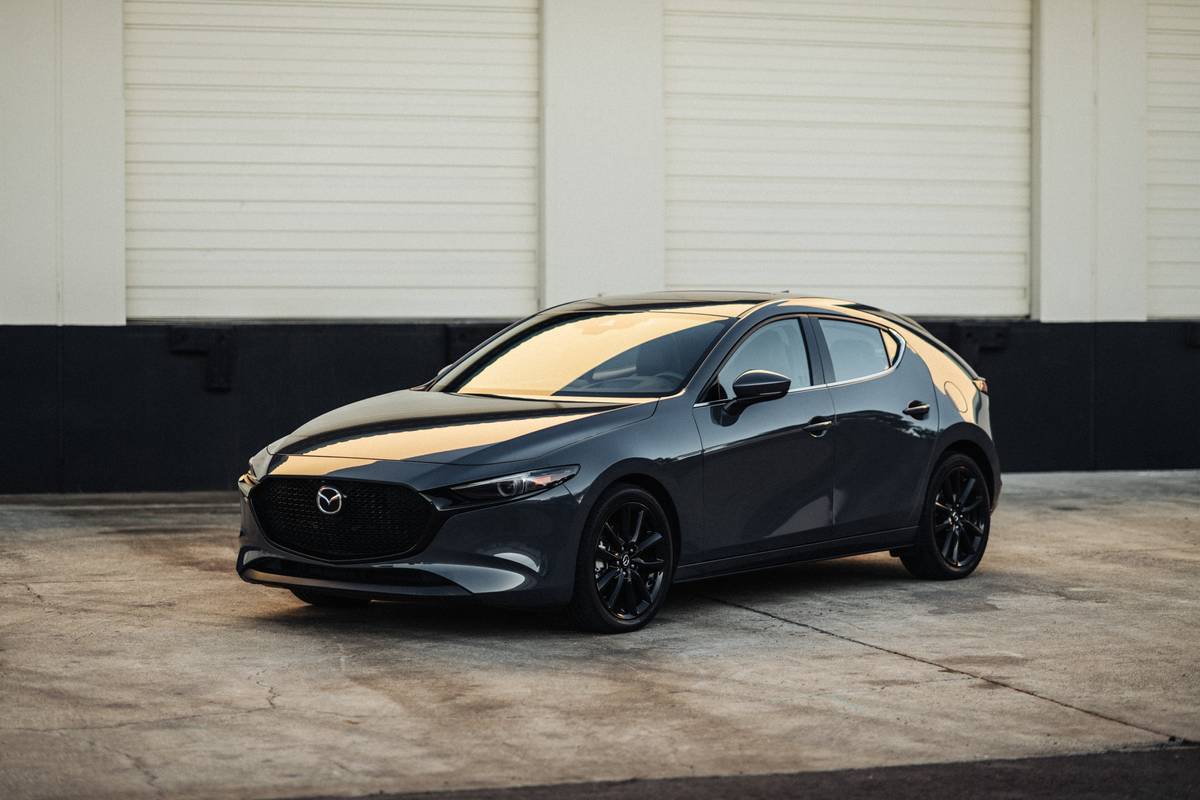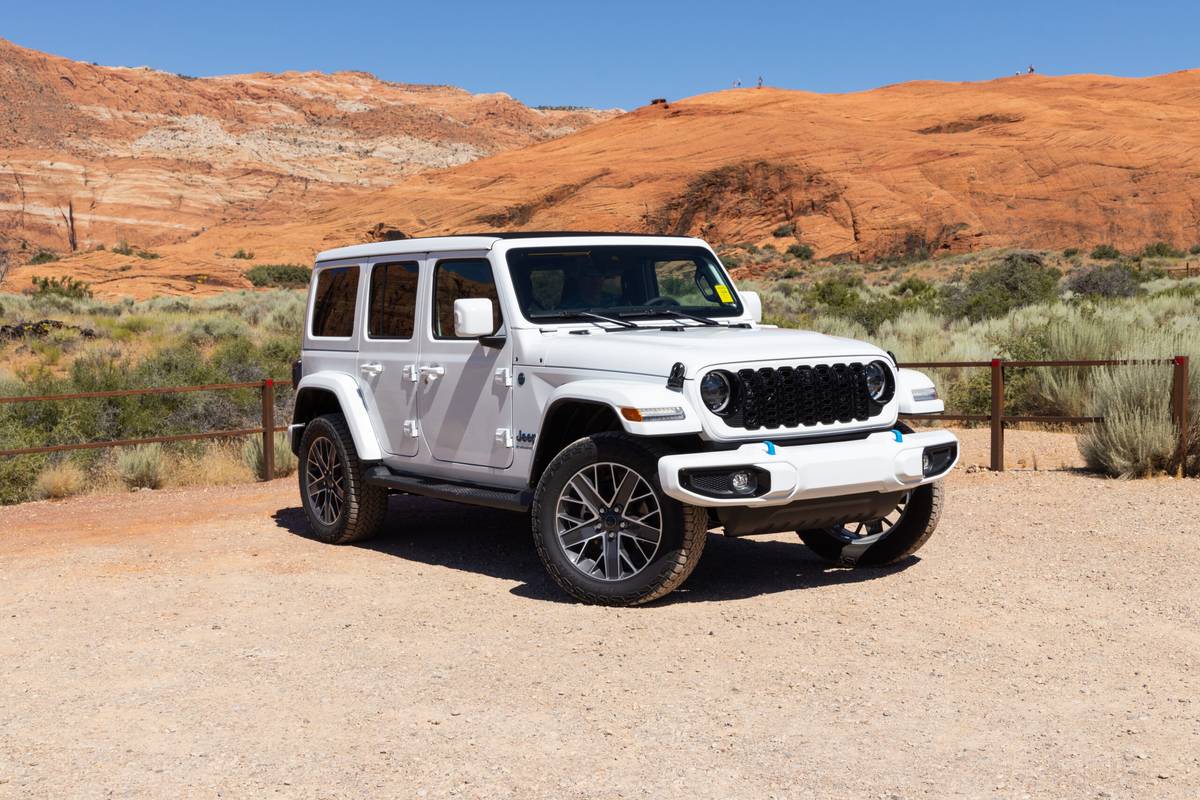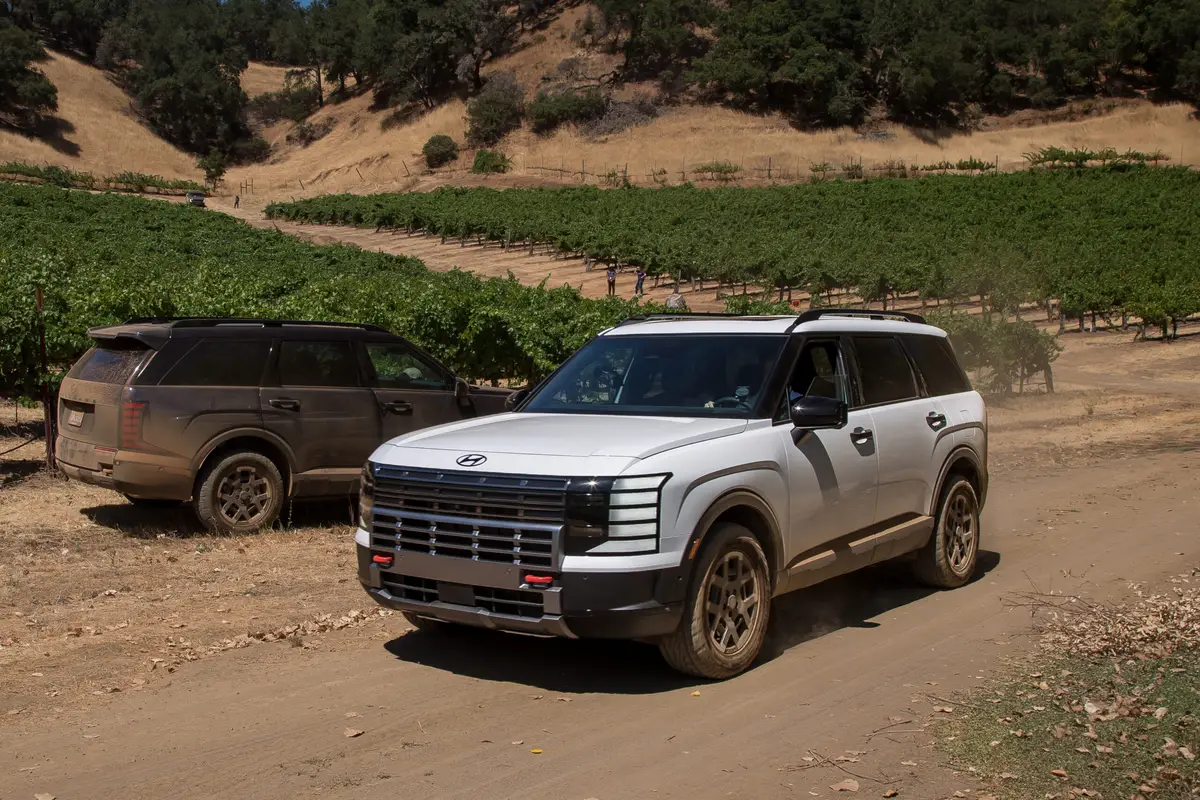Star-Telegram.com's view
The new, compact Land Rover LR2 is now arriving at U.S. ports, and should begin showing up in dealerships this month.
A colossal improvement over the Freelander, which it replaces, the LR2 has a starting price of $34,700 (plus freight) and will compete directly against the similarly priced Acura RDX and redesigned BMW X3, say officials of Ford Motor Co.’s British Land Rover subsidiary.
Based on the chassis of the redesigned Swedish Volvo S80 luxury sedan, the LR2 shares nothing with the Freelander, not even its engine and transmission, which also are new.
And even though it has nothing in common with the Freelander, which was introduced in 2001, the LR2 is sold as the Freelander 2 in Europe, where the original Freelander has been the best-selling compact SUV.
Changing the name was important for the U.S. market, however, because the Freelander never caught on here despite its original $25,000 starting price. The LR2 name fits better with the U.S. Land Rover lineup, which also includes the midsize LR3, which begins just under $42,000; the Range Rover Sport, built on the chassis of the LR3 and starting at $58,000; and the Range Rover, built on a different chassis and ranging from $77,000-$93,000.
Although about $8,000 above the starting price of the 2005 Freelander (the last year it was sold here), the LR2 has much more standard content, including leather upholstery, fulltime four-wheel drive, sunroof, and 18-inch alloy wheels.
The Freelander 2 went on sale in Europe in November as a 2007 model; the LR2, sold only in North America, is designated a 2008.
The LR2 is billed as a premium compact sport utility, aimed more at women and on-highway drivers than the other, more-expensive Land Rover vehicles, which are among the most-refined yet most-capable off-road vehicles in the world.
“LR2 combines the advantages of a premium sedan – such as polished ride, accomplished performance, an attractive cabin and ease-of-use – with the attributes of a robust SUV, including go-anywhere ability, toughness, stadium seating, cabin versatility and spaciousness,” Land Rover Managing Director Phil Popham said during unveiling of the vehicle last year at the company’s U.S. headquarters in Irvine, Calif. “We believe that no other compact SUV gets closer to blending these best-of-both-worlds abilities.” And even though its four-wheel-drive system lacks the low-range gearing of the more-expensive Land Rovers, the LR2 still has “the greatest breadth of capability in its class, on- and off-road ” said Anthony BradburyÖ, global brand manager for the Freelander 2 and LR2.
The LR2 does come with Land Rover’s patented “terrain response” system, which has separate settings that alter the vehicle’s suspension and four-wheel drive for driving in such conditions as sand, snow or mud.
This system, pioneered in the LR3, is standard, allowing for easier off-road driving, the company said. But in the LR2, there will be just four of the five driving modes that are included on the LR3 and Range Rover Sport models — general driving, grass/gravel/snow, mud and ruts, and sand. The “rock-crawling” mode that is included in the LR3 and Range Rover Sport models is not offered.
Included on the LR2 is hill-descent control, which holds the vehicle to a crawl without the need to use the brake on steep downhill grades – something that low-range gearing is used for in other Land Rover models. The four-wheel-drive system, which normally operates with most power going to the front wheels, automatically transfers up to 100 percent of the engine power to the rear wheels if necessary to keep the vehicle moving.
Other high-tech features include Land Rover’s patented Gradient Release Control. This system “improves driver confidence and control when releasing the brakes on steep and slippery slopes,” the company said.
Also standard is electronic stability control with roll-mitigation, which helps keep the vehicle from rolling over during extreme maneuvers. Front seat-mounted side air bags are standard, along with side-curtain air bags for both rows of seats, and a knee air bag for the driver.
Built at Ford’s Halewood, England, plant, which also assembles the Jaguar X-type sedan and wagon, the LR2 is expected to benefit from that facility’s J.D. Power rating as one of the best-quality auto manufacturing plants in the world.
The LR2 combines the qualities of a “tough SUV and a premium sedan” in an all-new package that is designed to hold up to five adults comfortably, Bradbury said. Its exterior styling bears some resemblance to the Range Rover Sport, and overall, the vehicle has “watchlike detailing,” he said.
Inside, “we’ve paid great attention to detail,” Bradbury said. The cockpit is well laid-out and very carlike, and the driver has the “command driving position” that attracts consumers to sport utilities, he said. Even rear-seat passengers have good forward vision, thanks to the vehicle’s theater-seating setup.
Under the hood, the LR2 has a new 3.2-liter inline six-cylinder engine that puts out 230 horsepower, a significant increase over the 174 horsepower of the 2.5-liter V-6 in the discontinued Freelander. One of the biggest complaints about the Freelander from U.S. consumers was a lack of sufficient power for our highways.
Land Rover says the 3.2-liter engine takes the vehicle from zero to 60 mph in 8.4 seconds, compared with more than 10 seconds with the ’06 Freelander. Top speed is 124 mph.
In Europe, the new Freelander 2 uses the same engine, but also offers an optional four-cylinder turbo-diesel, which is expected to be the choice of most customers there. Diesels are quite popular in Europe because of their increased fuel economy over gasoline engines. But because of more-stringent environmental regulations, they are not used much in vehicles sold in the United States, and Land Rover has no plans now to offer a diesel in the LR2.
Standard in the LR2 is a six-speed automatic transmission, but with a manual-shift function that allows the driver to shift the gears at will, without having to worry about a clutch. A manual gearbox is offered in Europe with the diesel engine only, but no manual will be available in the United States. The automatic has a driver-selectable sport mode that changes the shift points for more-brisk acceleration.
Fuel-economy estimates are 16 miles per gallon in the city and 19 on the highway, using the new 2008 EPA rating rules. (Under the 2007 ratings formula, the figures would have been 17/21, Land Rover said.)
The transverse-mounted engine gives the LR2 has more interior space than it would have if the engine had been mounted longitudinally. Land Rover says that translates into “generous head, shoulder and leg room, in both the front and rear.” There are large windows to help give the vehicle a spacious feel, and rear door apertures have been made larger to allow for easier entry and exit.
The LR2 has unibody construction – a combination of frame and body in one unit. There are five doors, including the swing-out rear one.
Additional standard or optional features include a keyless starter button, bi-xenon headlights, adaptive front lighting, rain-sensing windshield wipers and rear parking assist. Sun worshipers will enjoy the panoramic sunroof, which is included in the base price, along with automatic climate control.
There is a choice of audio systems, including an optional 12-speaker Dolby Pro Logic 7.1 Surround Sound with fiber-optic interconnects. An auxiliary audio jack comes on the radio to allow hookup of an iPod or other MP3 player.
The company says the vehicle was designed and engineered by Land Rover at its headquarters in Gaydon, England.
Land Rover, which was created by the British government to build vehicles to help it explore its vast worldwide empire, came to the United States in 1987 with the first Range Rovers. Even then, the vehicles were in the $30,000s.
The company is now part of Ford’s Premier Automotive Group, headquartered in Irvine. The other brands in the group are the British sports car makers Aston Martin and Jaguar, as well as Volvo, the Swedish carmaker.
Quick facts: 2008 Land Rover LR2 The vehicle: Land Rover’s new entry-level, five-passenger premium compact sport utility vehicle, replacing the $27,000-plus Freelander. On-sale date: Officially April 1, but cars should begin arriving at dealers this month. Under the hood: A new 3.2-liter inline six-cylinder, rated at 230 horsepower. Special features: Full-time all-wheel drive, six-speed automatic transmission, panoramic sunroof, theater seating. Base price: $34,700, plus freight. Fuel-economy ratings: 16 miles per gallon city/19 highway (2008 standards).
Latest news



